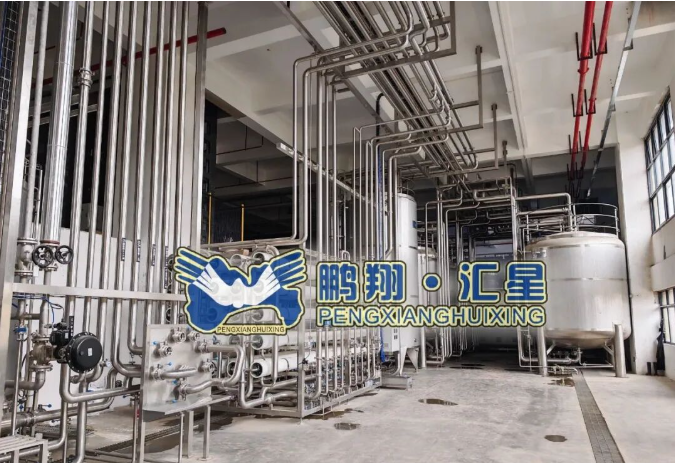In an era where environmental consciousness is at the forefront of consumer choices, the textile industry is undergoing a significant transformation. As we seek to reduce our ecological footprint, understanding what fabrics are considered eco-friendly is essential. This article delves into the various types of sustainable fabrics, their production processes, and their impact on the environment, providing a comprehensive guide for eco-conscious consumers and industry professionals alike.
Understanding Eco-Friendly Fabrics
Eco-friendly fabrics are materials that are produced with minimal environmental impact. This can encompass a range of factors, including the sourcing of raw materials, the manufacturing processes, and the lifecycle of the fabric. The goal is to create textiles that are not only sustainable but also biodegradable, recyclable, and free from harmful chemicals.
Types of Eco-Friendly Fabrics
- Organic Cotton
Organic cotton is grown without synthetic pesticides or fertilizers, making it a more sustainable alternative to conventional cotton. The cultivation process promotes biodiversity and soil health, and organic cotton is often produced using less water. Additionally, it is biodegradable, which means it will break down naturally at the end of its life cycle. - Hemp
Hemp is one of the most sustainable fabrics available. It requires minimal water and no pesticides to grow, and it can thrive in poor soil conditions. Hemp fibers are incredibly durable and have natural antibacterial properties. Moreover, hemp cultivation contributes to soil health by replenishing nutrients, making it a regenerative crop. - Tencel (Lyocell)
Tencel, a brand name for lyocell, is made from sustainably sourced wood pulp, primarily from eucalyptus trees. The production process uses a closed-loop system that recycles water and solvents, significantly reducing waste. Tencel is biodegradable and has a soft, luxurious feel, making it a popular choice for clothing and home textiles. - Bamboo
Bamboo fabric is derived from the pulp of the bamboo plant, which grows rapidly and requires little water. However, the process of converting bamboo into fabric can involve harmful chemicals unless it is produced using a closed-loop system. When sourced responsibly, bamboo fabric can be an eco-friendly option, offering natural antibacterial properties and breathability. - Recycled Fabrics
Fabrics made from recycled materials, such as recycled polyester or nylon, help reduce waste by repurposing existing textiles. This process conserves resources and energy, as it requires less water and fewer raw materials compared to producing new fabrics. Recycled fabrics can be used in a variety of applications, from fashion to home furnishings. - Linen
Linen is made from the flax plant, which requires fewer resources than cotton. The production of linen is relatively low-impact, as it can be grown in poor soil and requires minimal water. Additionally, linen is biodegradable and has a long lifespan, making it a sustainable choice for clothing and textiles.
The Importance of Certifications
When selecting eco-friendly fabrics, it is crucial to look for certifications that verify sustainable practices. Certifications such as GOTS (Global Organic Textile Standard), OEKO-TEX, and Fair Trade ensure that the fabrics meet specific environmental and social criteria. These certifications provide consumers with confidence that their purchases support sustainable practices and ethical labor conditions.
The Impact of Eco-Friendly Fabrics on Sustainability
The shift towards eco-friendly fabrics is not just a trend; it represents a fundamental change in how we approach fashion and textile production. By choosing sustainable materials, consumers can reduce their carbon footprint, support ethical labor practices, and contribute to a circular economy. The adoption of eco-friendly fabrics also encourages brands to innovate and invest in sustainable technologies, further driving the industry towards a greener future.
Conclusion
As we navigate the complexities of sustainability in the textile industry, understanding what fabrics are considered eco-friendly is paramount. From organic cotton to recycled materials, each fabric offers unique benefits and challenges. By making informed choices, consumers can play a pivotal role in promoting sustainable practices and fostering a healthier planet. The journey towards a more sustainable future begins with the fabrics we choose to wear and use in our daily lives. Embracing eco-friendly textiles is not just a personal choice; it is a collective responsibility towards a greener, more sustainable world.


More Stories
Sneaker Care for Beginners: Simple Steps to Make Your Shoes Look Like New
Chunky Shoes for Small Feet: Finding the Perfect Fit
How to Choose Men’s Socks for Comfort and Style